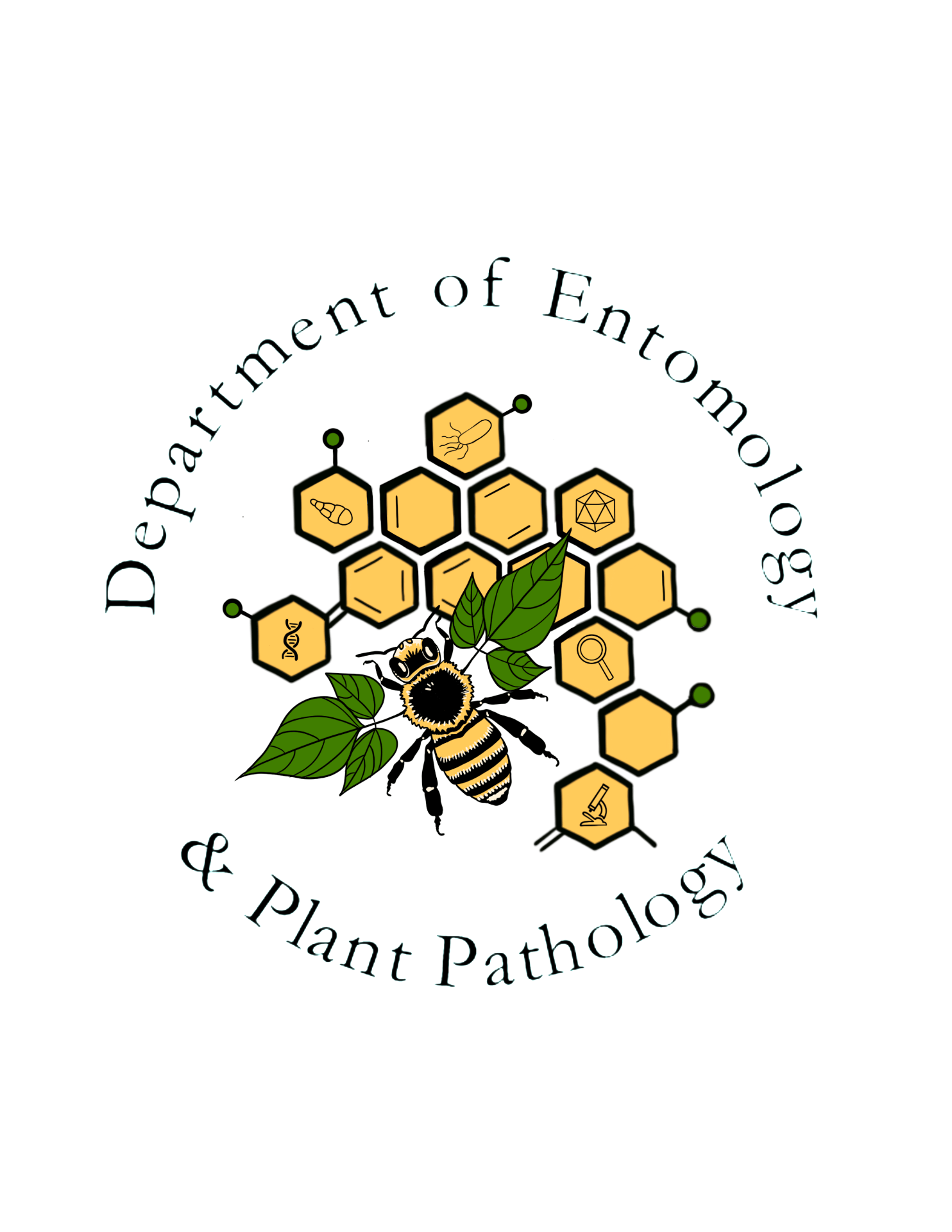Red wasp
Order: Hymenoptera
Family: Vespidae
Genus and species: Polistes carolina (Linnaeus)
Red wasps are another common paper wasp species in Arkansas. The head and body are almost completely reddish-brown, thus the common name. The red body contrasts with black wings. This species occurs from New York to Florida west to Kansas and Texas. The correct scientific name for this species is Polistes carolina, although it will sometimes be identified in the literature by its junior synonym, Polistes rubiginosa. Red wasp nests are similar in shape to other paper wasp nests. They are somewhat umbrella-shaped, and the brood cells are open on the underside. They are frequently found in protected areas such as tree cavities and undersides of bridges, eaves, and other manmade structures. They are some of the largest wasp nests, containing 3000 to 5000 individuals. Red wasps feed mostly on caterpillars and nectar. Adults feed insect tissues and nectar to the larvae, which are in the open cells.

The Polistes colony cycle involves four phases: the founding phase, the worker phase, the reproductive phase, and the intermediate phase. In the spring, young reproduction females build new nests, either alone or with cooperation from other foundresses. During the worker phase in red wasp colonies, only worker females are produced. They tend to nest maintenance, foraging, and care of the larvae. During the reproductive phase, which lasts from the emergence of the first reproductives until the colony begins to decline, new reproductives disperse to form their own nests. The intermediate phase is the time between colony decline and the founding of new colonies.
Typical paper wasps are relatively unaggressive, but red wasps have been known to be quite aggressive, delivering painful stings. They do not lose their stingers and are able to sting repeatedly. The best time to attempt to control paper wasps, including red wasps, is after dark. Wasps are often away from their nests during daylight while foraging, but they tend to be at the nest after dark. Cool nighttime is also when the aggression level of red wasps is at its lowest, reducing chances of being stung. One of the most popular and effective control methods is to treat the nest with an aerosol insect killer made especially for treating wasp infestations. Aerosol cans are capable of shooting tough insecticides up to several feet away, allowing the operator to keep a safe distance while attempting to kill the pests.
